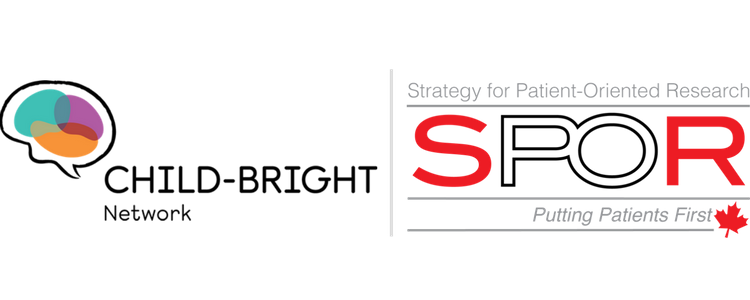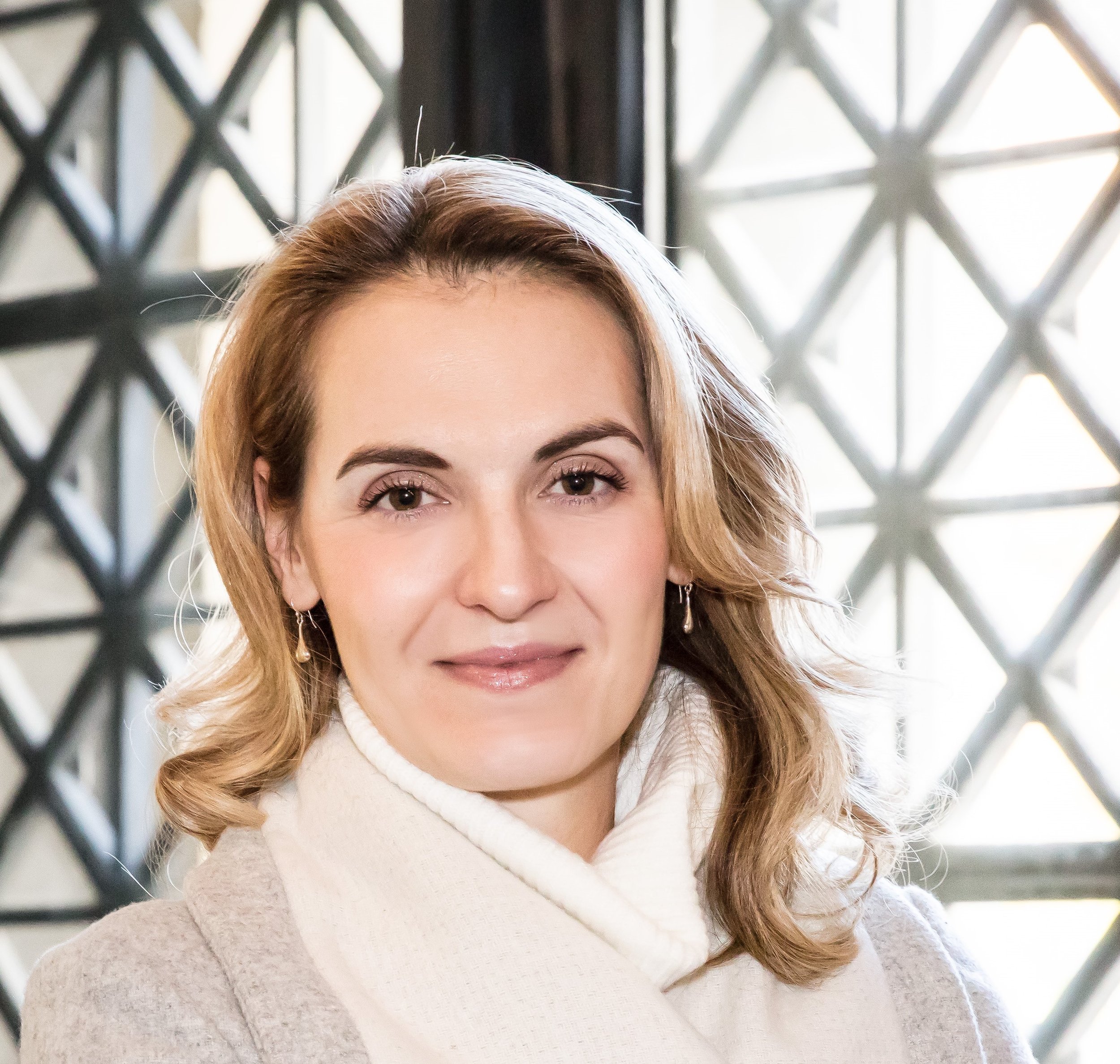Creating productive working relationships between researchers and partners with lived and living experience (PWLEs) doesn’t happen from one day to the next. It takes time, trust, and mutual respect. But as the following story shows, it’s through these relationships that PWLEs have the power to shape the course of research.
The Life Beyond Trauma Program emerged from one such collaboration.
Parent research aprtner, author, and advocate Donna Thomson
Co-Principal Investigator Patrick McGrath
In Phase 1 of the CHILD-BRIGHT Network, the Strongest Families Neurodevelopmental Program studied whether emotional and behavioural regulation could be improved in children with brain-based developmental disabilities by providing education, telephone support, parent-to-parent connections, and resource information to the parents.
But as parent research partner, author, and advocate Donna Thomson pointed out, parents in these situations often need support as well.
Donna, who partnered with the Strongest Families ND Program, spoke candidly about her experience on the project in our February 2022 webinar, Life Beyond Trauma Program for Parents of Neurodiverse Children with Post-Traumatic Stress Disorder, provided as part of Children’s Healthcare Canada's SPARK: Live series.
In the webinar, co-Principal Investigator Patrick McGrath (who now co-leads the Phase 2 project Bridging the Gap from Science to Uptake), gave Donna full credit for coming to him with the idea. His lab, affiliated with IWK Health in Nova Scotia, was turning its focus to post-traumatic stress disorder (PTSD), but it was Donna who suggested they study parents of children living with neurodevelopmental disabilities. “Just think about it,” she told him. “We have a lot of PTSD!”
While PTSD is a mental health problem, Patrick also described it as a disturbance in memory. “High emotional events [...] get coded in a very fragmented way, and there is a whole network of fear that develops.” He explained that this is exactly what occurs in parents of children with neurodevelopmental disabilities. From the moment their child is born, health emergencies and interventions are ongoing and become part of their reality. “That’s what our life is,” Donna told Patrick. “One medical crisis after another.”
It’s a reality Donna is all too familiar with. When her son, who has severe cerebral palsy and medical complexities, was only three, she received a phone call from his school. “Nicholas had had a seizure,” she recalled. For years after this event, Donna felt extreme panic every time she heard the phone ring. But she had no idea that it was a manifestation of PTSD.
According to Patrick, this isn’t uncommon. “PTSD is a hidden problem among parents of children with neurodevelopmental disabilities,” he said.
To shed light on the unique traumas experienced by parents in this population, and to explore avenues for virtual and in-person treatment, Patrick and Donna co-created the Life Beyond Trauma Program. Parent research partners were a major resource and inspiration, said Patrick, citing their vital contributions. “They bring something to the interventions [...] and to our research that we cannot do.”
When creating the study, the team realized there was no instrument to measure the distinct traumas that parents of children with neurodevelopmental disabilities are likely to experience. “One of the things we developed was a parenting trauma checklist,” said Patrick. This allowed them to zero in on parent-specific events, such as witnessing life-threatening situations or having a child in the neonatal intensive care unit. The researchers also accounted for general traumas, as these contribute to what Patrick referred to as “the building block effect”—i.e., the more trauma you have in your lifetime, the more likely you are to develop PTSD. “This was a huge revelation for me,” said Donna. “Prior to this study, I really believed that, with practice, you should get better at managing trauma.”
Patrick explained that there are many effective treatments for those suffering from PTSD. “The interventions that are most effective are [...] trauma-informed exposure therapies,” he said. In the Life After Trauma Program, the team used online narrative exposure therapy (eNET), in which a clinician helped the participant talk in depth about their trauma. Donna said that, at the start, many parents worried that the intervention would be re-traumatizing. But after their eNET sessions, the parents confessed that the experience left them feeling empowered. Patrick confirmed this is the typical response to exposure therapy: “The vast majority of people begin to feel relief even after the first or second session.”
To conclude the presentation, Patrick stressed the vital need for specific PTSD treatment for parents of children with neurodevelopmental disabilities, offered virtually and in person. “These memory-based mental health problems can be effectively intervened and helped,” he said. “Even in the midst of trauma.”
Donna expressed that being a parent research partner on this study was truly eye-opening. “It’s been such an amazing journey for me personally,” she said. “I’m a lot kinder to myself in thinking about choices and actions I’ve taken or not taken throughout my own parenting journey.”
PUBLICATIONS
Read the following research articles that were published on the Life After Trauma program:
UPCOMING WEBINARS
Want to learn more about the work CHILD-BRIGHT does? Register for one of our upcoming webinars:








